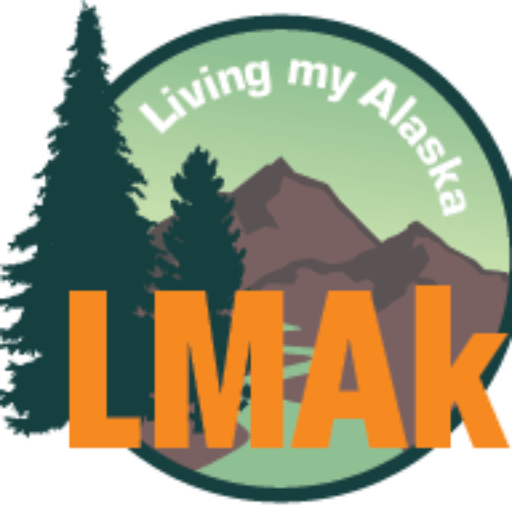The Alaskan homestead has become something of folklore. Consequently, it might be a fantasy world TV show creation where people live happy and free. Reality check! The term homestead is loosely defined. It means something very different than it did in 1880 or 1980. The Alaskan Homestead Act offers an interesting history worth reading.
The Shadowy Alaskan Homestead Definition
Today’s exciting homestead is best defined as a farm. A mid-sized farm at best. Furthermore, the farm resembles a hobby farm or micro-farm. The type where a single family owns a few acres where they raise small numbers of typical farm animals. They maintain what is likely less than a couple of acres with limited crop production. The ubiquitous greenhouse or high tunnel marks the site of the aspiring Alaskan homestead.
Reliability for Success
Most homesteads need a few basic items for success. The successful Homesteader requires a short but very serious list of items to be successful:
- Water source
- Off-grid power
- Reliable equipment
- Source of sustainable heating
First, sustainable source of fresh water might be the most important need for the Homesteader. Secondly, shallow well, found near a creek bed. It could provide more than you need. Solar panels are popular but only in Summer months. Wind generators help bridge the gap when the sun hangs low over The Great Land. Junk breeds junk. Reliable equipment means you have a better chance at success. The primary source might be firewood. Propane and heating oil are also popular, as a secondary source, where available.
Uncovering the Homesteading Mystery
The secrets to homesteading success are endless. Some dream of a tiny cabin deep in the wilderness. Others see a modest home on a few acres with modern amenities. The fantasy of Little House on the Prairie is a farse. Expect many posts to come about us and living, surviving, and thriving at the Alaskan homestead dream.
